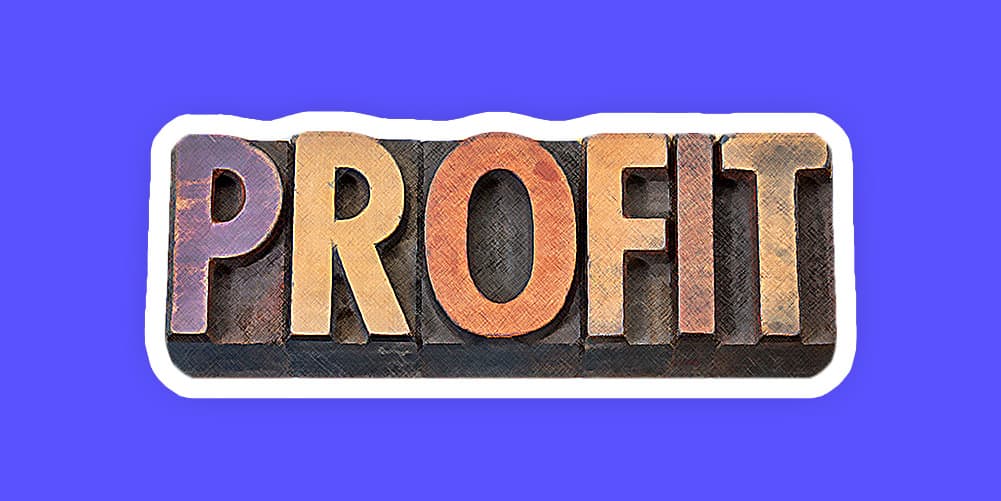
6 Profitable Models of Productized Services
The aim of this guide is to help you find the right model for your productized service, listing the pros
and cons of each model and showing you some examples of productized services
as inspiration.
This resource will explore 6 different models:
- One-time model: In this first model, we’ll explore the one-time productized service, probably
the easiest type of productized service to start and run.
- Small tasks model: This chapter will explore the small tasks model, where we’ll see examples of
productized services using that model such as HeyCarson and 55Knots.
- Done-with-you model: In this one we’ll see examples of “Done-with-you” services, where you’ll
work together with the client on a project.
- Retainer (or recurring) model: This part will explore different examples of subscription-based
services.
- Staffing model: This chapter will explore the staffing / outsourcing model.
- Mix-and-match model: Matching multiple productized service (examples: One-time service then
recurring). Or subscription + coaching. Some examples will include Bean Ninjas and TheChurchCo.
Business model #1: One-time model
The one-time model is a simple model of productized service: You package a service and offer it for a one time fee.
It’s a model quite popular among consultants, freelancers.
For example:
- Landing page creation
- Video audits
- One-time reports (for example CRO optimization)
Example #1: Dev On Demand
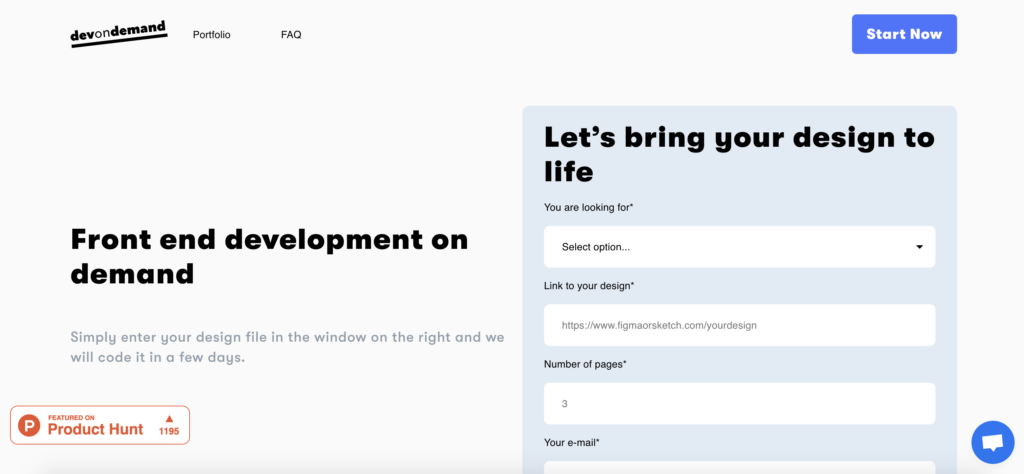
Example #2: Detailed

Example #3: Gloat.dev

Let’s now dive into the pros and cons of the one-time model.
Pros of the one-time model:
- Simplicity: Just choose a service you want to package, price it, and sell.
- You can upsell customers to more services (for example by selling a maintenance plan with quarterly updates such as Gloat)
- Flexibility for the productized service owner: You can decide to “pause” accepting new customers easily (for example, Detailed stopped accepting new customers)
- Easier to monitor costs and control your margins.
Cons of the one-time model:
- No predictable revenue, you always have to look for more clients.
- Harder (and riskier) to build a team: Because you have no recurring revenue you have to rely either on yourself or a freelance workforce to complete the orders. Having a full-time team is riskier since you have less income predictability.
- Harder relationship-building: Since most of the projects are one-off, it’s harder to build a relationship with
customers.
Business model #2: Small tasks model
This model is quite popular for Wordpress maintenance services, Shopify maintenance services, Amazon seller
maintenance services, and Graphic design subscriptions but can also work for other industries.
The idea is to
provide a service where your team completes small tasks (which can be unlimited or capped) for a flat weekly or
monthly fee.
For example:
- Wordpress maintenance services
- Image retouching / editing services
- Small graphic design requests
- Shopify / E-commerce stores maintenance services
Example #1: WPBuffs
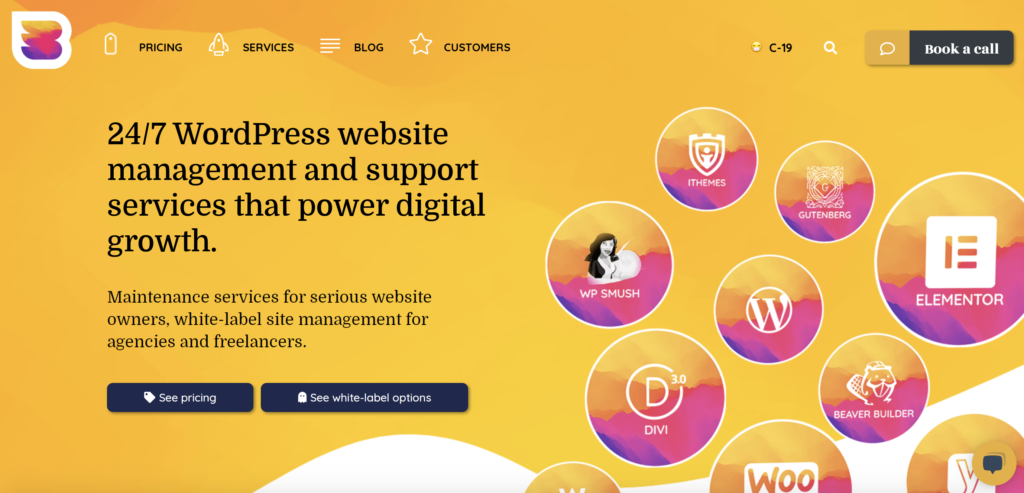
Example #2: 55Knots
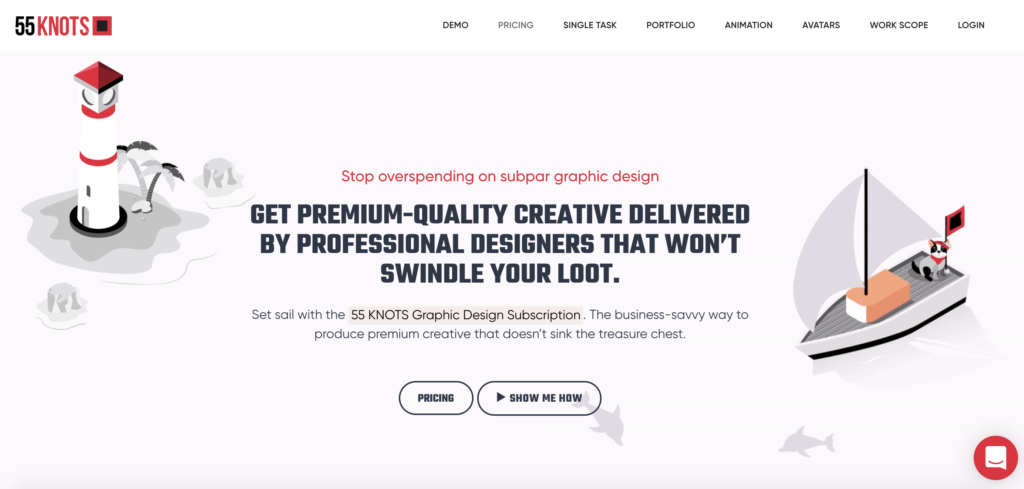
Example #3: Tailry

Pros of the small tasks model:
- Recurring revenue: You have the possibility to build recurring revenue each month.
- Simplicity: Because you only promise “small tasks” to the customer, there’s not a lot of back and forth to what is promised and tasks are completed fast. This also makes it easier to train a team and delegate work.
- High margin service (in certain cases, such as Wordpress maintenance) as customers might not make use of it each month but still want to stay subscribed.
Cons of the small tasks model:
- Harder to monitor costs and control margins. If you offer "all you can eat services", it's harder to determine profitability per project vs. a one-off service.
- It can be difficult to plan and manage operationally: Thousands of small tasks require you to know how much your team can handle in order not to be overwhelmed with tasks. Having a good client portal to manage requests such as ManyRequests can help with that.
- Clients might not need to use your service each month and may churn which could affect your ability to predict how many team members you need to serve your clients.
Business model #3: Done-with-you model
This model is quite popular for consultants who want to productize their service and for higher priced
services.
For example:
- Podcast editing and production agencies
- Lead generation services
- Marketing agencies (Facebook ads agencies, SEO agencies)
Example #1: Lower Street
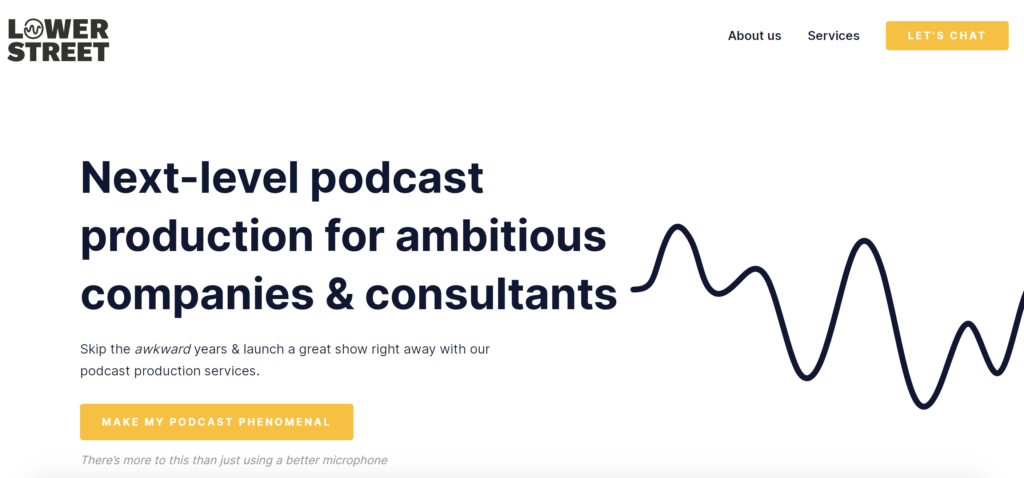
Example #2: Lead Cookie
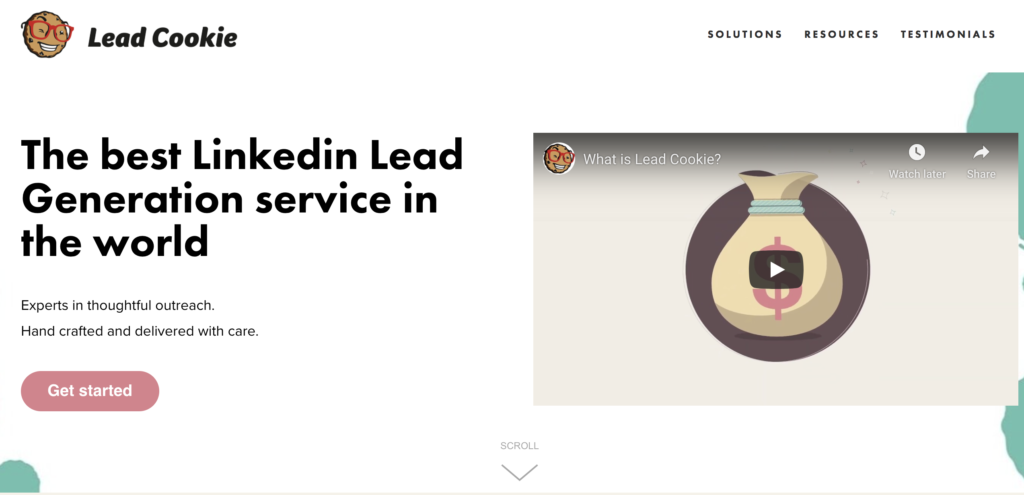
Pros of the done-with-you model:
- You can charge higher prices: This model is the closest to the “agency” model where you provide multiple services, more complex, and can command a higher fee for it.
Cons of the done-with-you model:
- Less scalable: You probably have to rely on strong SOPs and systems in order to scale.
Business model #4: Retainer (recurring) model
Similar to the done-with-you model, the idea of this model is to provide one specific service and offer it on a
monthly fee.
For example:
- Video editing services
- Content writing services
- Website-as-a-services
- Social media management services
Example #1: Video Husky

Example #2: Contentago
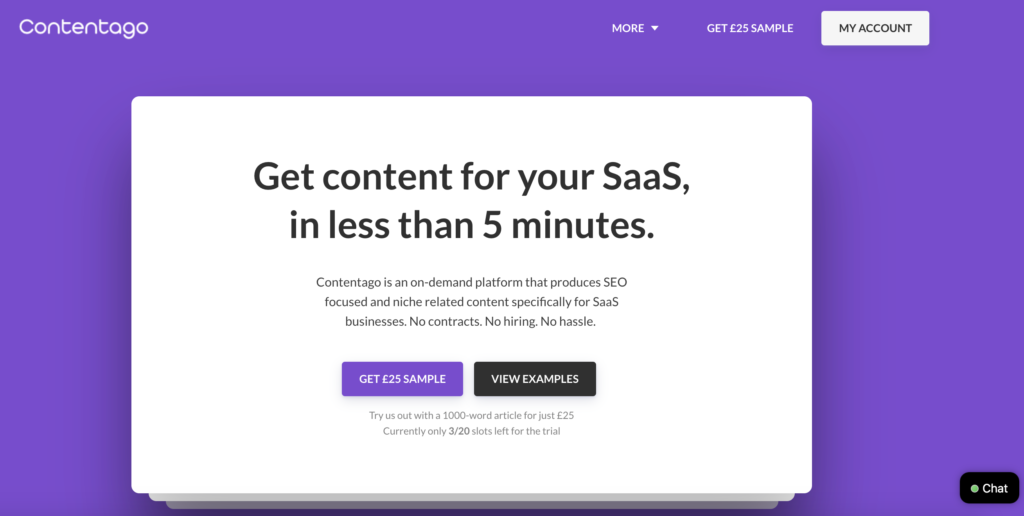
Example #3: TheChurchCo
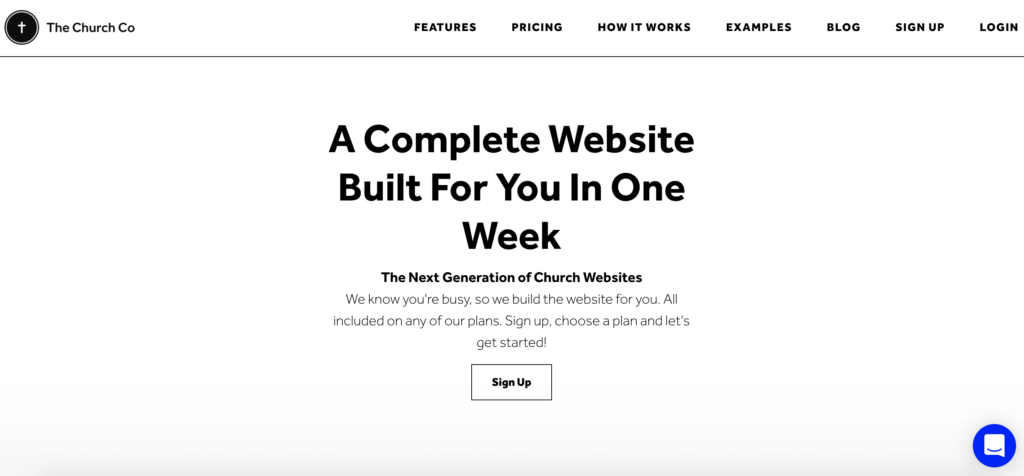
Pros of the retainer model:
- Earn recurring revenue, if your customer retention is good you can get more revenue each month.
- You can focus on building relationships with customers.
Cons of the retainer model:
- Not all services are needed on a recurring basis so you might experience high churn.
Business model #5: Staffing model
The staffing model is another great way to productize the service of an agency. For a flat monthly fee, you provide a
dedicated, fully managed and trained staff to another business.
Instead of your customers having to go
through hiring, managing, and paying each month their staff, they pay a flat monthly subscription to your company.
This also allows them for flexibility where they can scale up and down their needs, relying on your pool of
talent.
For example:
- Web development services
- Virtual assistant services
Example #1: Boldly
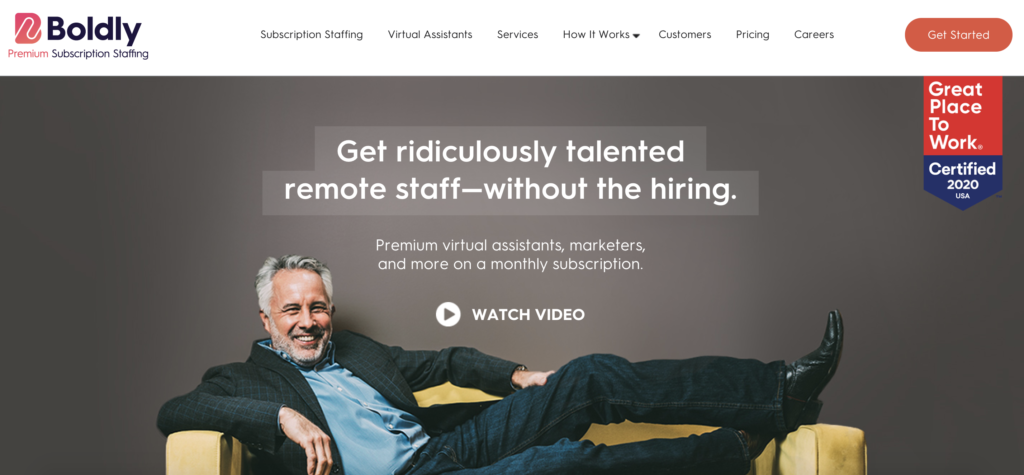
Example #2: NerdPilots

Example #3: Bambee
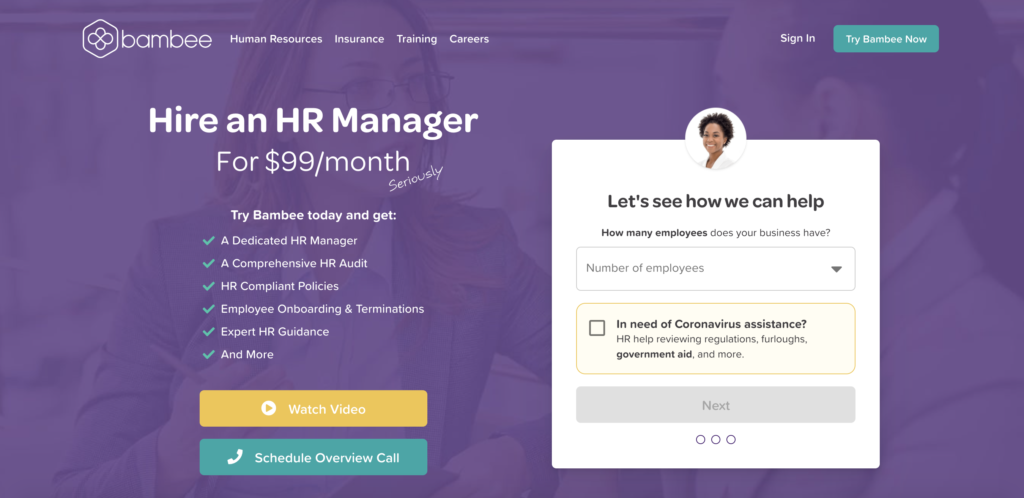
Pros of the staffing model:
- Simple model: Find vetted staff and add your markup to it.
- You can add lock into customers by building relationship with the staff you provide and the customer.
Cons of the staffing model:
- Higher reliance on staff, if the staff quits you have to replace them which might cause frustration for the customer.
Business model #6: Mix-and-match model
This model is great to provide different services, with different pricing models in order to unlock different revenue
streams but is also harder to manage operationally.
For example:
- Retainer services with a course to train customers (Bean Ninjas is a great example of this)
- Done-with-you services with a coaching part
- Small tasks service with digital products (for example: Providing powerpoint presentations and selling powerpoint templates)
Example #1: Bean Ninjas
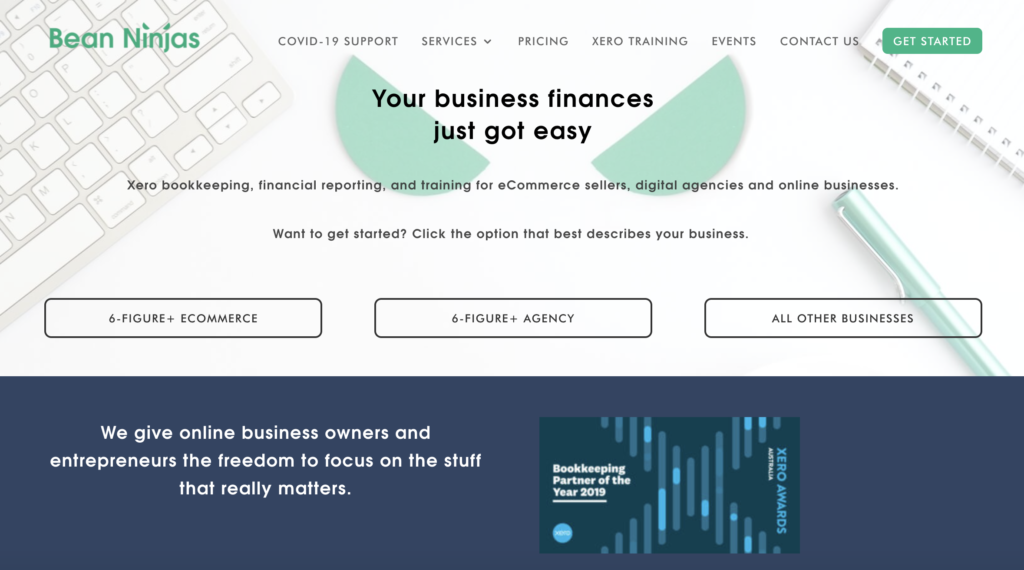
Example #2: 24 Slides

Pros of the mix-and-match model:
- You can cater to different types of customers that require different services / pricing models.
- Upsells (one-time services can evolve into a subscription)
- You can have different sources of income (courses, coaching) along with services.
Cons of the mix and match model:
- It can lead to a lack of focus as a productized service owner, and harder to manage operationnally.
- Can be confusing for the customer: Multiple services and pricing options might be harder for your customers to
decide which services to choose.
Conclusion:
These models show that there are a lot of considerations to take in choosing your productized service
model.
Here are some helpful questions to consider when choosing which model to offer your service:
- How customers usually purchase that services? Is it more on a one-off or monthly basis?
- Can you offer other types of services to customers? For example, coaching and courses are great to educate customers. Or some customers might want to purchase digital products (templates, themes, ebooks...) along your services.
- What type of service business do you want to own for your own lifestyle? For example, a high-end done-with-you service (such as offering marketing strategy for example) could be harder to delegate (while not impossible) whereas a small tasks service could be simpler to delegate.
Running an agency?
ManyRequests is an all-in-one client portal and client requests management software.
Learn more